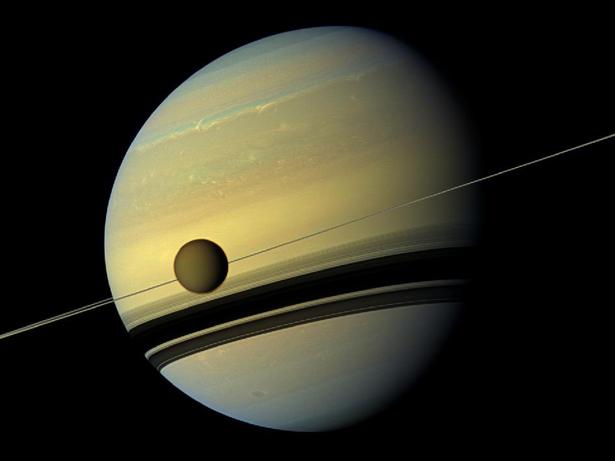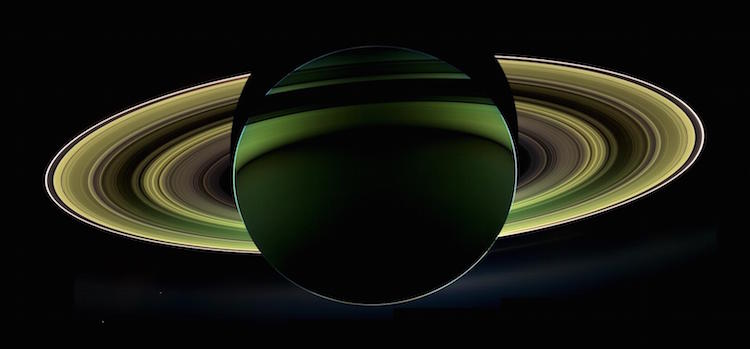
If you sometimes find yourself in the midst of everyday annoyances and frustrations from work, it can be helpful to take some time out your day for a humbling dose of ethereal wonder.
Which is why we compiled our ten favorite photos from the Cassini spacecraft’s 13-year voyage around Saturn.
Cassini began its final mission around Saturn in April: the completion of 22 dives between the planet and its rings – an area never before explored.
CHECK OUT: Hubble Captures Giant Emoji in the Stars
Then, after it finished its final mission on September 15th, the spacecraft plunged into Saturn’s atmosphere and complete its breathtaking voyage in a blaze.
So, as evidence of its wondrous journey, here are the best photos from the Cassini spacecraft.
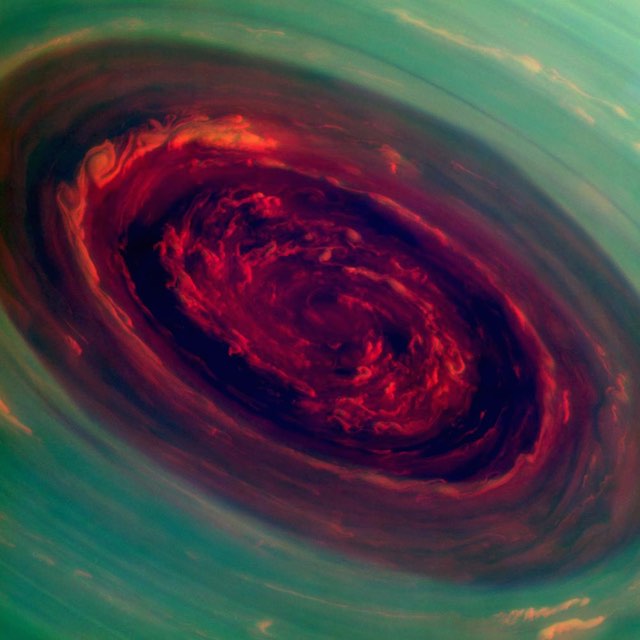
This 2,800-mile (4,000 kilometers) hurricane constantly spirals on Saturn’s north pole. Nobody knows why it is perpetually spinning year round, but this false-color image shows the details in its cloud range and motion.
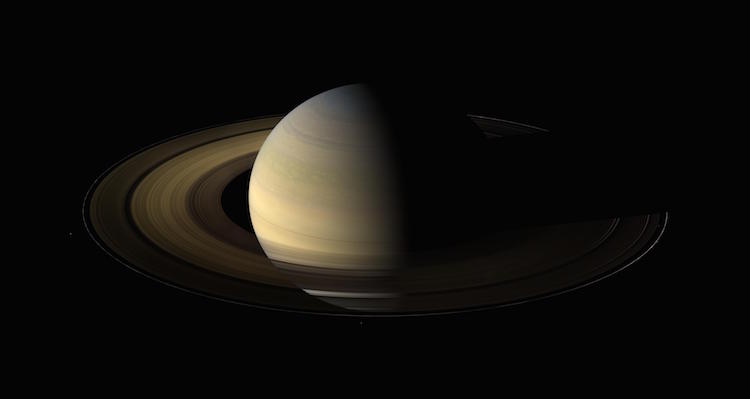
This shadowy mosaic equinox is the first seasonal transition ever witnessed by Earth-dwellers, thanks to Cassini.
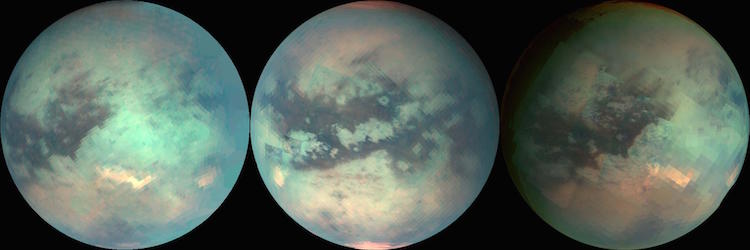
These three breathtaking mosaics were taken during flybys of Titan, a moon of Saturn that is covered in lakes of liquid methane. The photos tracked the changes on the planet’s surface between October 2005 and January 2006.
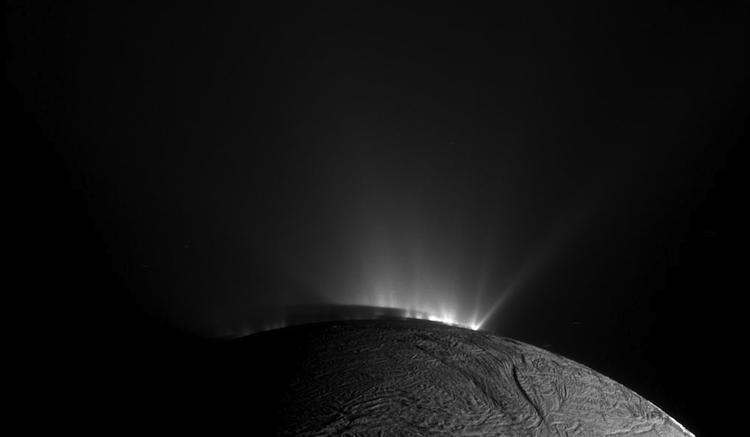
This photo was taken from the equatorial plane of Enceladus, one of Saturn’s many moons. It was snapped from the south pole 1 year after the moon’s autumnal equinox.
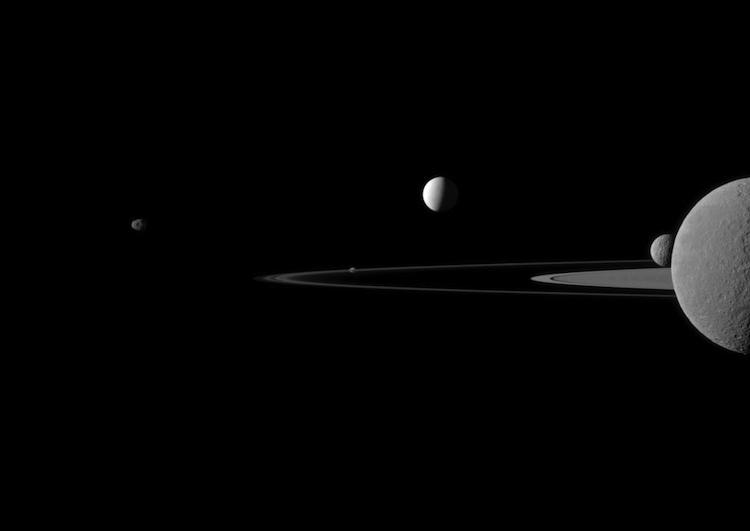
This is a rare view of five of Saturn’s moons in the same frame: Pandora, Janus, Enceladus, Rhea, and Mimas.
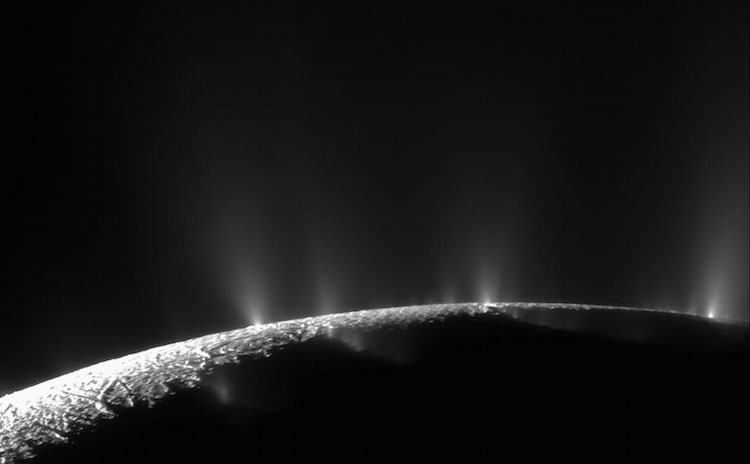
During its exploration of Enceladus, Saturn’s sixth-largest moon, Cassini captured this image of geysers spouting off of the moon’s surface. This has led researchers to believe that the moon may be harboring a sub-surface lake. If this is true, it could mean that Enceladus has all of the necessary ingredients for life.
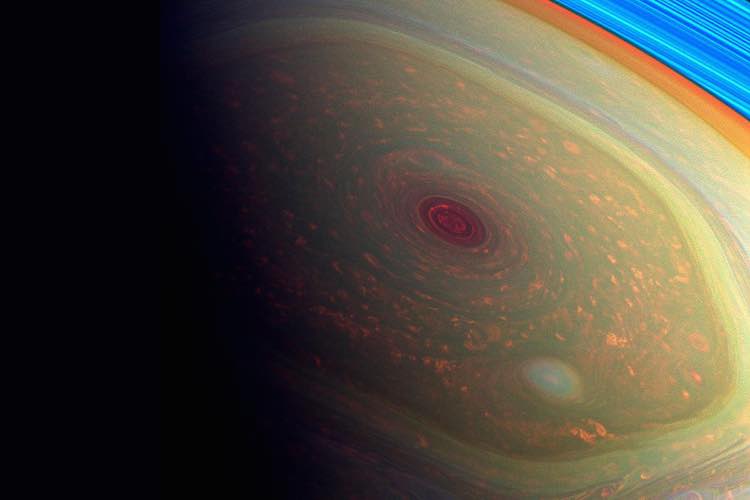
This is a wider photo of the massive hurricane spinning at Saturn’s north pole.

Finally, this breathtaking photo shows the pale blue dot that is our home: Earth. Taken from roughly 900 million miles away (1.44 billion kilometers), it is yet another humbling reminder of our tiny place in the universe.
(WATCH the video below)
Click To Share This Far Out Article With Your Friends (Photos by NASA Jet Propulsion Laboratory)




















